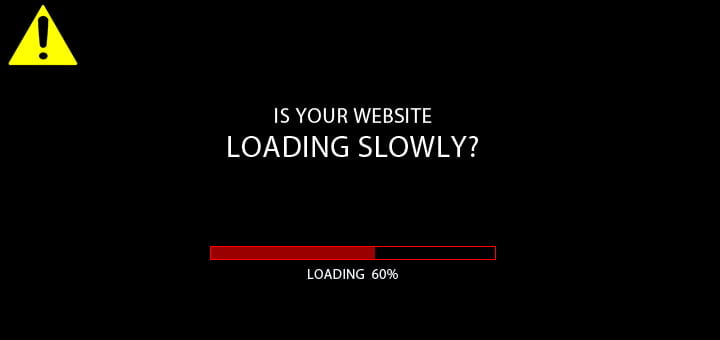If a website loads slow, it is bad for the end-user experience and for Search Engine Optimization (SEO). It can cause your website to rank lower in search engine results. The decrease in web page views, satisfaction of customers, and conversions are observed.
According to a study done by Akamai:
- 47 percent of visitors look forward for a web page to load in <= 2 seconds.
- If a web page loading takes > 3 seconds ,40 percent of (potential) visitors will move on.
- For 52 percent of online buyers, quick page loads are important for maintaining site faithfulness.
Improving website load time leads to your website ranking higher. When your website load time increases, user experience also increases which is taken into account by Google for ranking a website in the search results.
Page load time delay by one-second results in:
- Page views decrease by 11 percent
- Customer satisfaction decrease by 16 percent
- Loss in conversions by 7 percent (source: Aberdeen Group)
Below are seven ways to improve your website Load Time/Speed:
1) Optimize Images
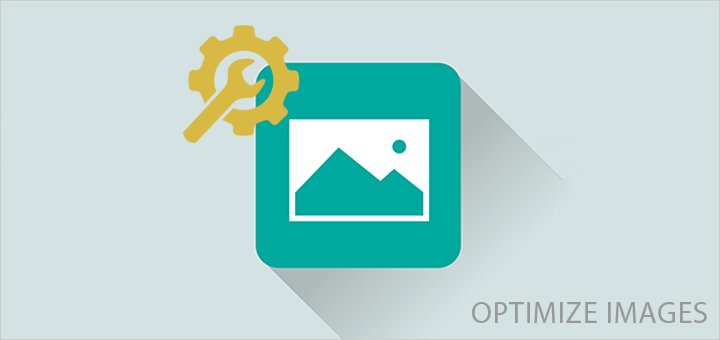
Below are three things that should be considered with images:
A) IMAGE SIZE
Keep image size small so that images load faster. By using Image editing tools you can:
- Lets you correct image size by cropping. For example, in a 570 pixel wide page, you should do image resizing according to width of the page. Do not upload a 2000 pixel wide image in a 570 pixel wide page, as web page load time will increase and will create a bad user experience, and visitors will move on.
- Color depth should be reduced to lowest acceptable limits.
- Image comments should be removed.
B) IMAGE FORMAT
- Use JPEG images.
- You can use PNG also but it is not fully supported by older browsers.
- GIFs should be used for simple graphics which are < 10×10 pixels, or a color palette of < 3 colors and for images with animation.
- BMPs or TIFFs should not be used.
C) SRC ATTRIBUTE
The browser will call for the page directory or the home page itself. User data corruption and the addition of unnecessary traffic will occur in your server. So valid URL should be given in the src attribute and image resizing should be done before uploading.
2) Fix all Broken Links
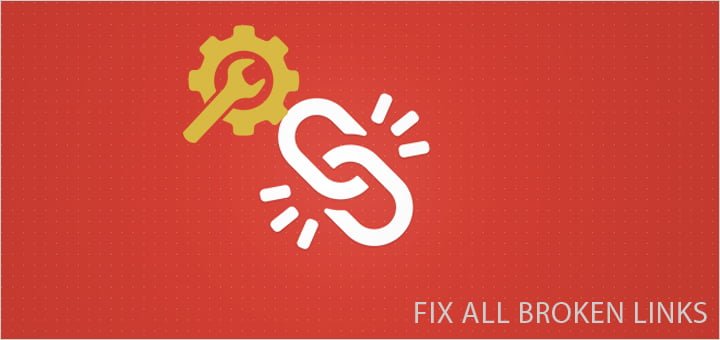
Broken links drain a lot of bandwidth, as a result, visitors will move on. A client had several hundred 404 errors showing in Google Webmaster Tools. When all broken links were fixed, the average pages visited per user increased from 1.4 to 1.85 pages/visit, and there was a noticeable decrease in bounce rate.
The following free tools can be used to fix all broken links:
- Google Webmaster Tools (crawl errors tab)
- Screaming Frog SEO Spider
- Ahrefs
All three tools should be used for checking broken links. Your job is done once all the three tools show no broken links.
3) Reduce Redirects
301 (permanent) redirects slow down the time it takes for the browser to reach the correct version of a page. Redirects increase website load time and create additional HTTP requests. To minimise the use of redirects for the responsive websites, redirects will let users with mobile devices look at the responsive version instead of the main website.
These two actions are stated by Google so that your website load time does not increase with responsive redirect:
- Without using redirect intermediately, HTTP redirect directly sends mobile users to the URL which is mobile equivalent, and
- Pages in Desktop should include the for Google bot to make mobile pages discoverable. This helps in identification of URL which is mobile equivalent.
4) Use Plugins in Small Quantities
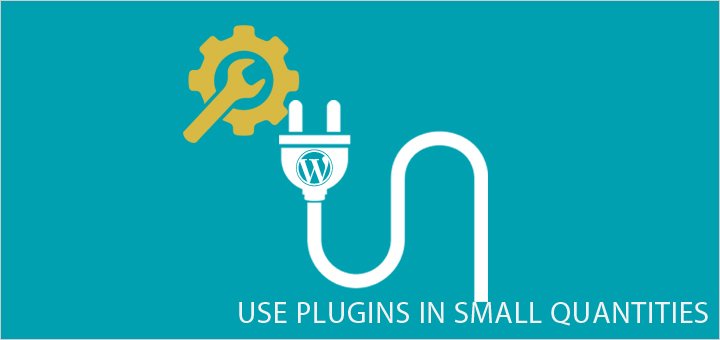
Your site performance is slowed down by Plugins which creates too many extra files, thus increasing load time. Problems related to security crashes and other technical problems may arise. You should avoid the use of plugins whenever possible. It is not possible to avoid plugins entirely, but there are ways you can reduce the overall count by deactivating and deleting any unnecessary plugins you do not use.
Review your plugins every four to six months. Evaluate each one and delete if:
- No longer in use
- It’s not performing well
- Deprecated functions are called
- New and improved plugins are there that will work better
5) Reduce Use of CSS
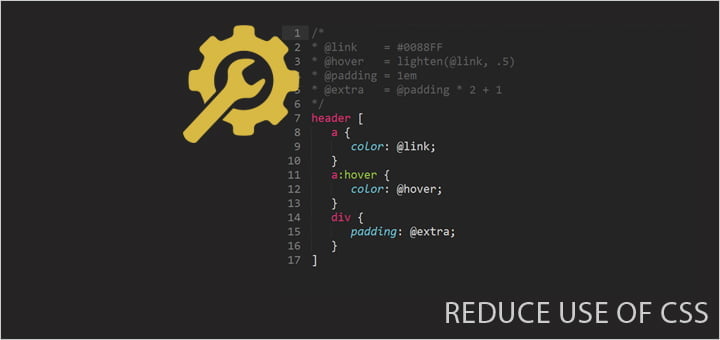
The first things that load on your website are CSS. The longer this takes to load, the waiting time increases. Reduction of CSS use leads to a reduction in website load time.
- You should get rid of the code that is not needed in your files. Your visitors will move on if your website load time increases by use of unnecessary data.
- CSS files should be reduced. File size is increased by extra spaces in your style sheets. Extra spaces are removed from your code by CSS minimization to ensure your file is at its smallest size.
CSS file size reduction and removal of CSS scripts that are old are done with the CSS Compressor tool which is online and free.
6) Browser Caching Implementation

Browser Caching reduces the load speed of pages on your website for new users who visit. Data such as image logos, style sheets, and background images are temporarily stored on your visitor’s computer, which is fetched every time a page is visited on your website by a user. Data storage duration can be set. Files that will not change, can be set for a longer duration.
7) Enable Compression
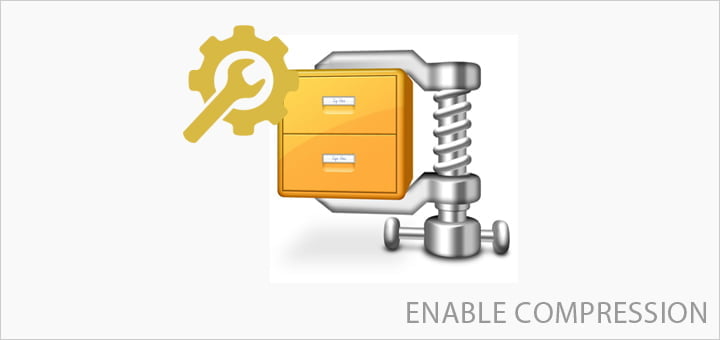
Compression reduces file size. Website conversion to a .zip file which is known as server compression improves website load time as a result of the reduced page size. Compression reduces HTML and CSS files by 70 percent which lets users download compressed data. Use tools like gzip compression.
